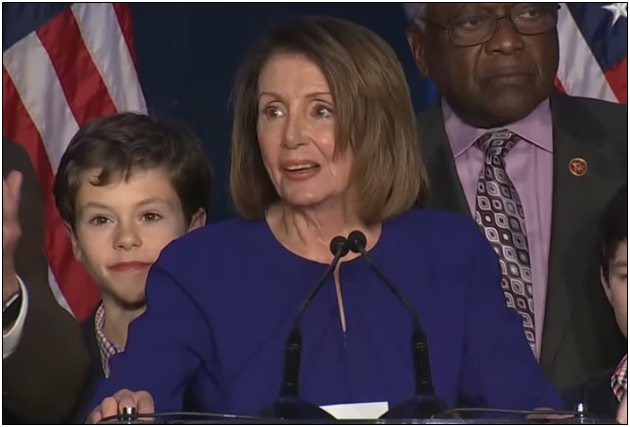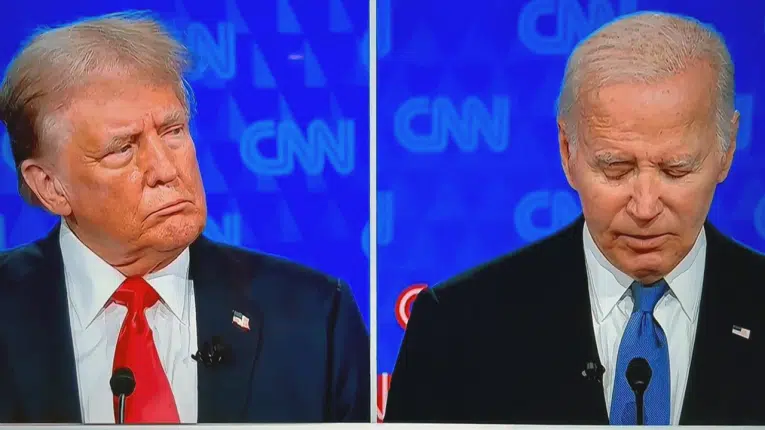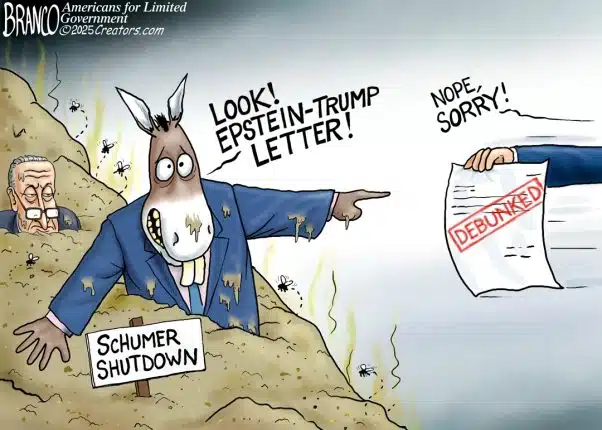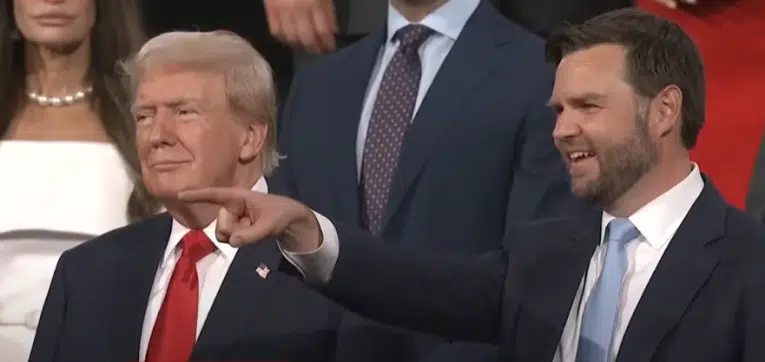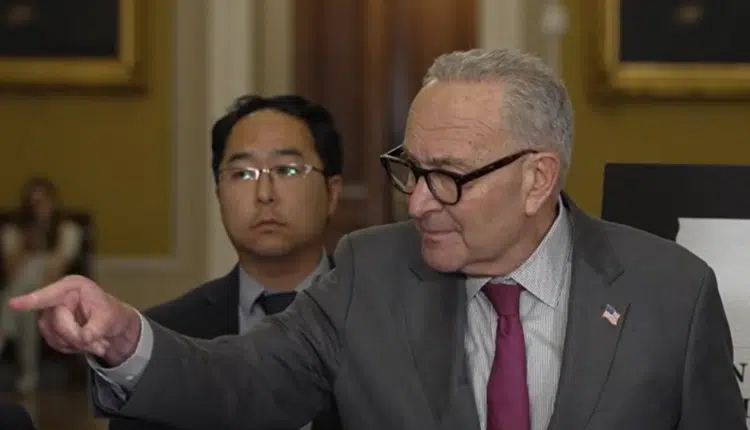Because President Donald Trump’s economic policies are helping to bring down unemployment rates to levels not seen in decades and wages are finally starting to rise appreciably plus new trade deals that put America first, one might expect that Big Labor might be inclined to try to get along with Trump; instead, unions spent heavily to elect Congressional Democrats. Furthermore, this heavy support for Democrats is in spite of the fact that about 40 percent of union household members vote Republican. With the new Democrat majority in the House, unions hope to thwart much of President Trump’s agenda while advancing a leftist agenda on economics and health care.
One of the first acts of the new Congress will be electing a new House Speaker. Although Nancy Pelosi is very unpopular and managed to lose her large majority after just four years as Speaker, union bosses have lined up to support her once again. The Service Employees International Union (SEIU), the United Farm Workers, the Communications Workers of America, and AFL-CIO president Richard Trumka have endorsed her; and several union leaders, including leaders from the American Federation of Government Employees, the United Auto Workers, and the National Association of Letter Carriers, signed a letter to Pelosi which read, in part, “We can think of no one better suited to be speaker at this critical moment in history.”
Next year, Congress will be voting on the United States-Mexico-Canada Agreement (USMCA), which Trump recently finished negotiating. Union leaders know that the USMCA is better for American auto workers and dairy workers than the North American Free Trade Agreement (NAFTA) has been. Nonetheless, union officials have been hesitant to endorse the trade deal — likely because of partisanship.
One union priority for the new Congress will be hiking the minimum wage to $15, which is more than double the current federal minimum wage. Apparently, unions do not care that large minimum wage increases kill jobs. For example, minimum wage hikes were expected to kill over 260,000 jobs this year alone. While most large corporations would be able to adapt, perhaps by offshoring jobs or replacing workers with machines, many mom-and-pop operations would not be so lucky. In addition, a one-size-fits-all policy makes little sense when costs of living vary so greatly.
Another item on the union agenda is expanding government control of health care — despite the fact that the federal government has great difficulty providing adequate care to our nation’s veterans. Unfazed by the government’s poor record, Bonnie Castillo, the Executive Director of National Nurses United (NNU), said, “NNU will work the growing House Medicare for All caucus to press for action on Medicare for All.”
One potential piece of the Trump agenda that might be able to garner union support is infrastructure spending. Some unions, particularly those in the construction and manufacturing industries, might be willing to set aside their partisanship long enough to help ensure that their members have jobs, but even that is not a sure bet.
Unions like to pretend that they want to get tough on China and bring jobs home that have been sent abroad; but when we finally elect a President committed to doing those things, unions line up to oppose him. For the good of workers, and the good of the country, union leaders should set aside their partisanship and work with Trump. Of course, we have not seen much of that in the past two years, and it is unlikely to occur in the new year. That is why those workers who believe that their unions spend too much time and money on liberal politics need to band together and throw their union bosses out of office replacing them with more responsive, pragmatic leaders.
Richard McCarty is the Director of Research at Americans for Limited Government Foundation.


